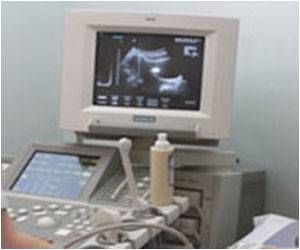A perspective piece in this week's issue of the New England Journal of Medicine addresses the evolution of diversity in medical education.

Achieving diversity in today's medical schools goes beyond bringing underrepresented students into the fold, he says. It's about creating an optimal learning environment, where people with different ideas, cultures, opinions, and experiences feel comfortable amongst each other and part of a larger dialogue to come together to solve tomorrow's health care problems.
"If the ultimate goal of diversity in medical schools and residency programs is to improve patient care, a good first step is to create a world where all trainees can feel supported while learning and working to the best of their ability," he writes. "Establishing an inclusive learning environment means that people from all different walks of life can not only have a seat at the same table but also be comfortable in their chairs."
That, he says, can only be achieved with a commitment to diversity that is inseparable from an institution's identity and a fundamental part of its success.
For the past few decades, the definition of diversity in medical education has largely remained the same, as well as the social mandate to increase it. Many efforts have focused on improving access to the field for minorities, but this "good intentions" approach, he says, fails to critically examine diversity's true meaning and strips of its potential to advance the field of medicine.
The new approach—called "Diversity 3.0," a term coined by IBM—focuses on differences beyond race and ethnicity. "People's worldviews may diverge for many reasons—owing to the experiences of military service, for example, or to sexual orientation or the language one speaks," he writes. "All such characteristics and experiences figure into the new diversity, which acknowledges that shared experiences in this country no longer track simply with race. Diversity is not so black and white anymore."
Advertisement
Over the last year, Penn Medicine has solidified its commitment to inclusion and diversity. Eve Higginbotham, SM, MD, Penn Medicine's first Vice Dean for Inclusion and Diversity, joined last year to spearhead Penn Medicine's Office of Inclusion and Diversity. Its efforts are aimed at supporting the many innovative programs underway, as well as exploring new opportunities to embrace diversity and broaden access to people of all ethnicities, historical traditions and economic backgrounds, genders, religions and disabilities, and respecting sexual orientation and veteran status.
Advertisement
Source-Eurekalert









